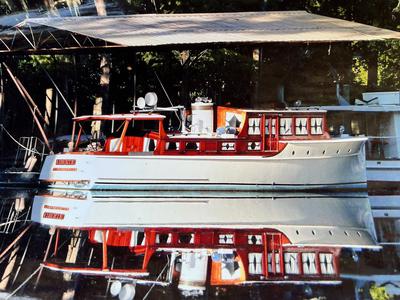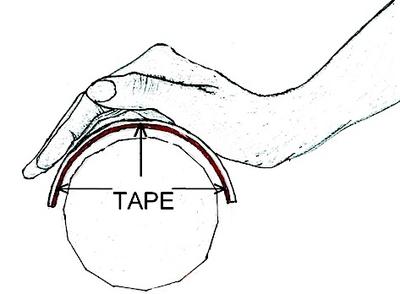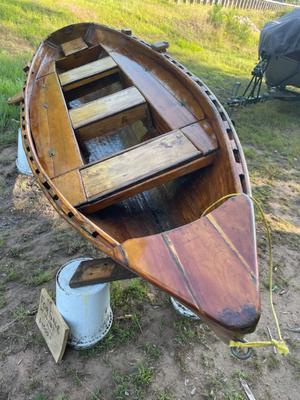Preventing rot in a wet bilge
by Burton Blais
(Kemptville, Ontario)

I recently purchased a Picaroon II sailboat (featured
elsewhere on this site), the hull of which is built of eastern white cedar strips, sheathed with epoxy/glass on the outside, with larch (tamarack) and fir ply frames & bulkheads, the whole being thoroughly coated with epoxy on the inside (i.e., in the bilge area).
The bilges in this boat are always wet because of the (necessary) constant drip of water through the packing gland (thru which the prop shaft passes the hull).
Now that I have brought her home to live in a freshwater realm, I am quite concerned about the possibility of rot developing in the bilges.
I am not highly confident that an epoxy coating alone will entirely prevent water eventually entering the wood in this area.
In the coming haulout and winter lay-up period, I am thinking about thoroughly cleaning and drying the bilges, saturating with a penetrating epoxy (for an extra measure of barrier protection), and then finally thoroughly treating with a mixture of turpentine/pine tar/linseed oil (which treatment I would perform annually at Spring fit-out).
Can anyone offer an opinion about the advisability of this course of action, or is there a better approach?
I know that the most commonly given advice is to prevent rot by keeping the wood clean & dry, but realistically, for a boat fitted with an inboard engine, that is simply not going to happen as far as the bilge is concerned....
Burton Blais








